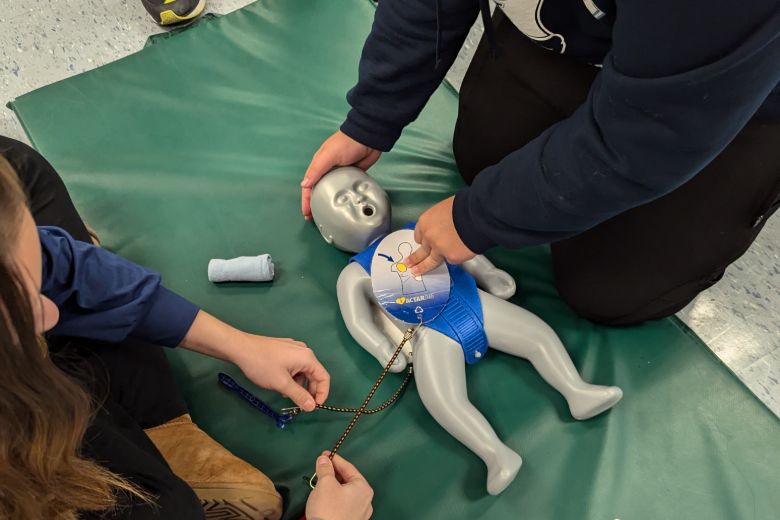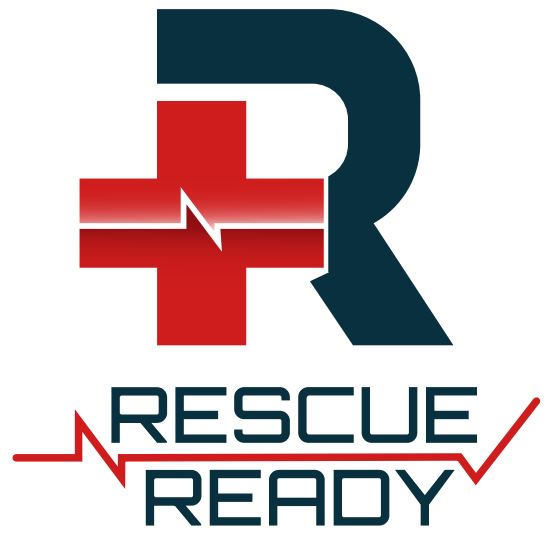
Child-Specific First Aid Tips
Children are full of boundless energy and curiosity, making minor accidents and illnesses an inevitable part of growing up. As parents and caregivers, having a solid understanding of child-specific first aid is essential. In this guide, we’ll discuss common injuries and illnesses in children and provide appropriate first aid measures to ensure you can navigate the journey of parenthood with confidence.
1. Cuts and Scrapes:
First Aid:
- Clean the wound: Gently wash with mild soap and water.
- Apply an antiseptic: Use an antiseptic solution or ointment to prevent infection.
- Cover with a bandage: Protect the wound with a sterile bandage or gauze pad.
2. Bruises and Bumps:
First Aid:
- Cold compress: Apply a cold compress to reduce swelling.
- Elevate if possible: Elevate the affected area to minimize swelling.
3. Burns:
First Aid:
- Cool the burn: Run cool water over the burn for at least 10 minutes.
- Cover with a clean cloth: Use a sterile bandage or cloth to protect the burn.
4. Choking:
First Aid:
- Perform back blows and abdominal/chest thrusts: Get on knees behind the child, hinge them over forward, and perform 5 Back Blows, then, stand them up, wrap your arms around their waist, and give 5 quick, upward thrusts just above the navel.
For Infants: Pick them up and perform 5 back blows, and 5 chest compressions.
- Call for help: If the object doesn’t dislodge, seek emergency assistance.
5. Fever:
First Aid:
- Offer fluids: Keep the child hydrated with water, clear liquids, or electrolyte solutions.
- Use fever-reducing medication: Administer age-appropriate over-the-counter medication.
6. Allergic Reactions:
First Aid:
- Administer an antihistamine: If the child has a known allergy, give an antihistamine as directed.
- Use an epinephrine auto-injector: If prescribed and in severe cases, administer epinephrine.
7. Sprains and Fractures:
First Aid:
- Rest and immobilize: Keep the injured area still and support it with a splint if possible.
- Apply ice: Use a cold compress to reduce swelling.
8. Cuts or Objects in the Eye:
First Aid:
- Do not rub the eye: This can cause further damage.
- Flush the eye with water: Use a gentle stream of cool, clean water to rinse the eye.
9. Seizures:
First Aid:
- Keep the child safe: Move objects away to prevent injury.
- Time the seizure: If it lasts more than 5 minutes, seek emergency help.
10. Insect Bites and Stings:
First Aid:
- Remove the stinger: Scrape it off gently with a credit card or your fingernail.
- Apply a cold compress: Reduce swelling and pain.
Conclusion:
Childhood is a time of exploration, and accidents are inevitable. By being prepared with these child-specific first aid tips, you can respond effectively to common injuries and illnesses. Always trust your instincts, seek professional medical help when needed, and remember that your calm and reassuring presence is a source of comfort for your child in times of distress. Parenthood comes with its challenges, but with the right knowledge, you can navigate them with confidence and care.
